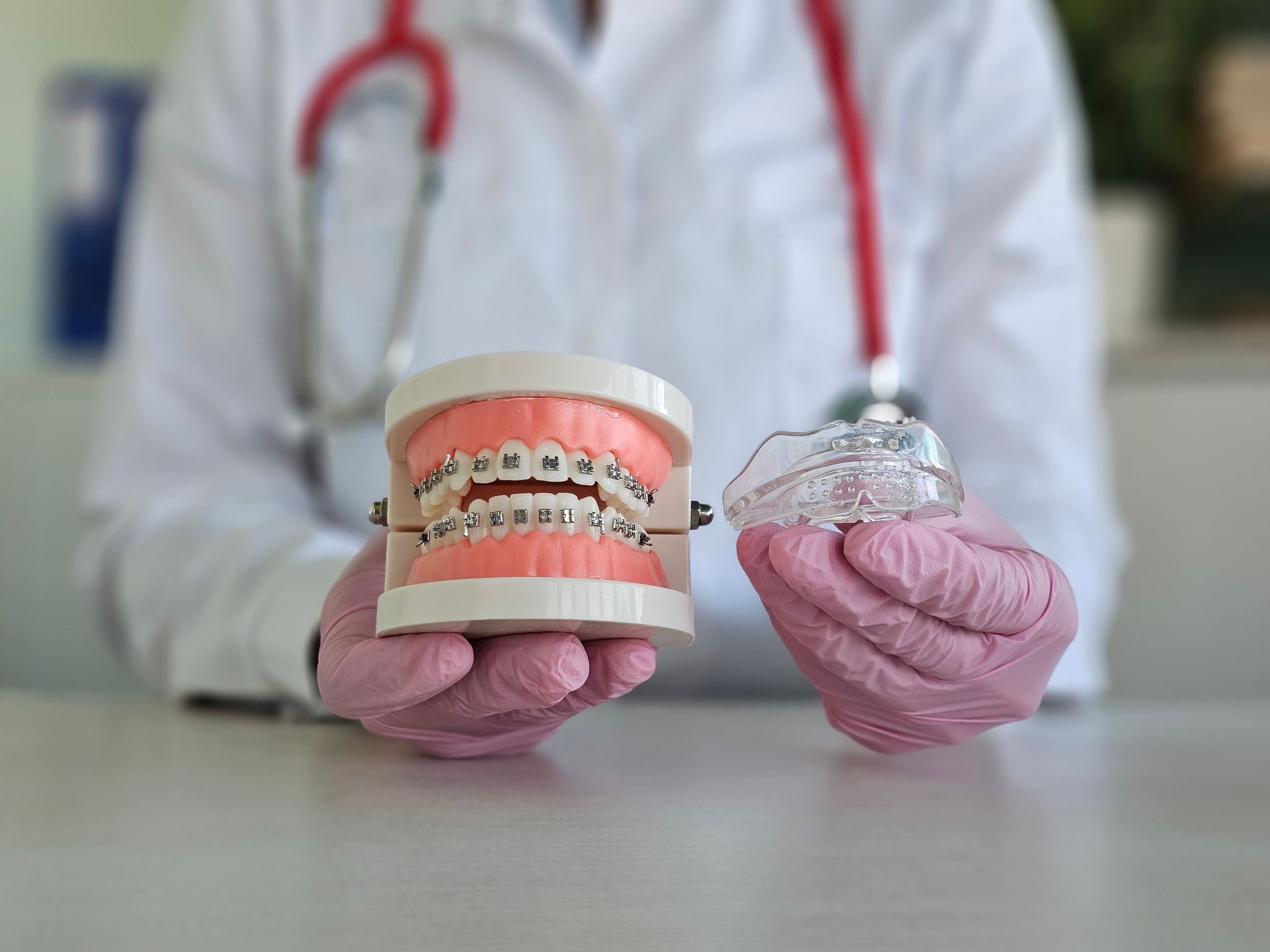Invisalign vs. Traditional Braces: Which is Right for You?
Introduction
When it comes to achieving a perfect smile, both Invisalign and traditional braces offer effective solutions. However, choosing between them can be challenging. Understanding the differences, advantages, and potential drawbacks of each option can help you make an informed decision.

Appearance and Aesthetics
One of the most significant differences between Invisalign and traditional braces is their appearance. Invisalign aligners are clear and virtually invisible, making them a popular choice for adults and teens who prefer a discreet option. On the other hand, traditional braces consist of metal brackets and wires, which are more noticeable.
While some may find the metallic look appealing, others may prefer the subtlety of Invisalign. Your choice may depend on how comfortable you feel with the visibility of your orthodontic treatment.
Comfort and Convenience
Comfort is another crucial factor. Invisalign aligners are made of smooth plastic, which generally causes less irritation to the gums and cheeks compared to metal braces. Traditional braces can sometimes lead to discomfort, especially after adjustments.

In terms of convenience, Invisalign aligners are removable, allowing you to eat, drink, and maintain oral hygiene without hassle. However, they require discipline, as they need to be worn for 20-22 hours a day to be effective.
Effectiveness and Treatment Duration
Both Invisalign and traditional braces are effective in treating a variety of orthodontic issues. However, the complexity of your case may influence your choice. Traditional braces are often recommended for more severe misalignments as they offer more control to the orthodontist.
In general, Invisalign treatment might be shorter for mild to moderate cases, while traditional braces might take longer but can address complex issues more thoroughly.

Cost Considerations
The cost of orthodontic treatment can vary based on several factors, including the length of treatment and the complexity of the case. Invisalign tends to be slightly more expensive than traditional braces. However, prices can vary widely, so it's essential to consult with your orthodontist for an accurate estimate.
Insurance coverage can also play a role in your decision. Some plans cover only traditional braces, while others may include Invisalign. Checking with your provider can help determine your out-of-pocket expenses.
Maintenance and Care
Maintaining your orthodontic appliances is crucial for successful treatment. Invisalign aligners require regular cleaning and care to prevent discoloration and maintain hygiene. Traditional braces require diligent brushing and flossing to avoid plaque buildup around the brackets and wires.

Each option demands a commitment to oral hygiene, but the methods differ. Discussing these aspects with your orthodontist can help you choose the option that fits your lifestyle.
Conclusion
Deciding between Invisalign and traditional braces is a personal choice that depends on various factors, including aesthetics, comfort, treatment needs, and budget. Consulting with an experienced orthodontist can provide valuable insights tailored to your unique situation.
No matter which option you choose, both Invisalign and traditional braces can guide you toward a healthier, more confident smile.
